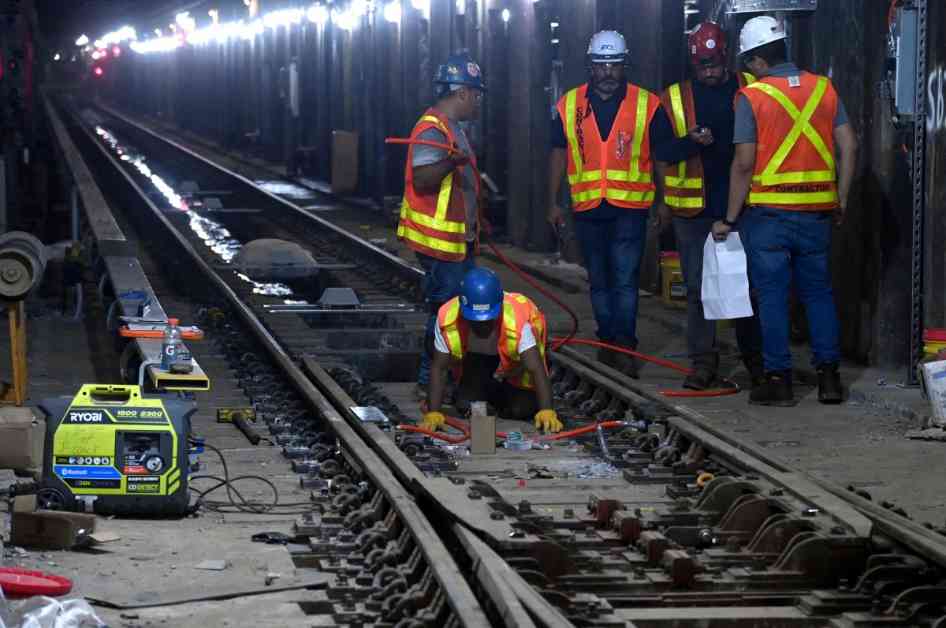The MTA’s Ambitious $68.4 Billion Capital Plan Faces Funding Hurdles
As construction work continues in the tunnel near Court Square on the Crosstown G line, the Metropolitan Transportation Authority (MTA) has taken a significant step forward by approving its $68.4 billion capital plan for 2025-2029. The plan, which was unanimously approved by all 10 members of the MTA board on Sept. 25, encompasses a wide range of critical infrastructure projects aimed at improving the subway and commuter rail systems in New York City.
Key Projects Included in the Capital Plan
Among the key projects outlined in the capital plan are the purchase of new railcars for both the subway and commuter rail systems, the construction of at least 60 new subway stations and six commuter rail stations, investments in signal modernization and fare gates, critical structure repairs, and enhancements to station environments. These improvements are essential for enhancing the overall safety, efficiency, and reliability of the transit network in the city.
Funding Challenges and Uncertainties
Despite the approval of the capital plan, the MTA faces significant challenges when it comes to funding. Governor Kathy Hochul’s decision to pause congestion pricing, which was expected to generate $1 billion in annual revenue for the MTA through tolls from drivers entering Manhattan, has created a funding gap of $15 billion. This unexpected development has left the MTA scrambling to identify alternative sources of funding to fill the void.
MTA Chief Financial Officer Kevin Willens has indicated that the authority plans to issue $10 billion in MTA-issued bonds to help finance the 2025-2029 Capital Plan. Additionally, the MTA expects to receive around $21 billion from federal funding, state and city bonds, and other sources. However, the agency has not yet finalized specific funding numbers as the funding sources have not been fully approved.
The Path Forward for the MTA
While the MTA has outlined its priorities and projects for the next five years in the capital plan, there is still a significant funding deficit of around $33 billion that needs to be addressed. The agency is actively seeking additional funding sources to bridge this gap and ensure the successful implementation of the capital plan.
A recent JP Morgan analysis highlighted the need for annual capital expenditures ranging between $16 billion and $23 billion for the MTA to remain competitive with its peers. Similarly, an independent review from the Office of the New York State Comptroller estimated that the total capital needed for the 2025-2029 plan could range between $57.8 billion and $92.2 billion, underscoring the magnitude of the funding challenge facing the MTA.
As the capital plan moves forward for review by the State Capital Program Review Board on Oct. 1, stakeholders will be closely monitoring the agency’s progress in securing the necessary funding to support its ambitious infrastructure projects. The successful execution of the capital plan will be critical for maintaining and enhancing New York City’s vital transit infrastructure for years to come.

